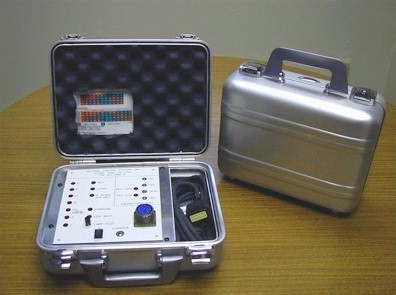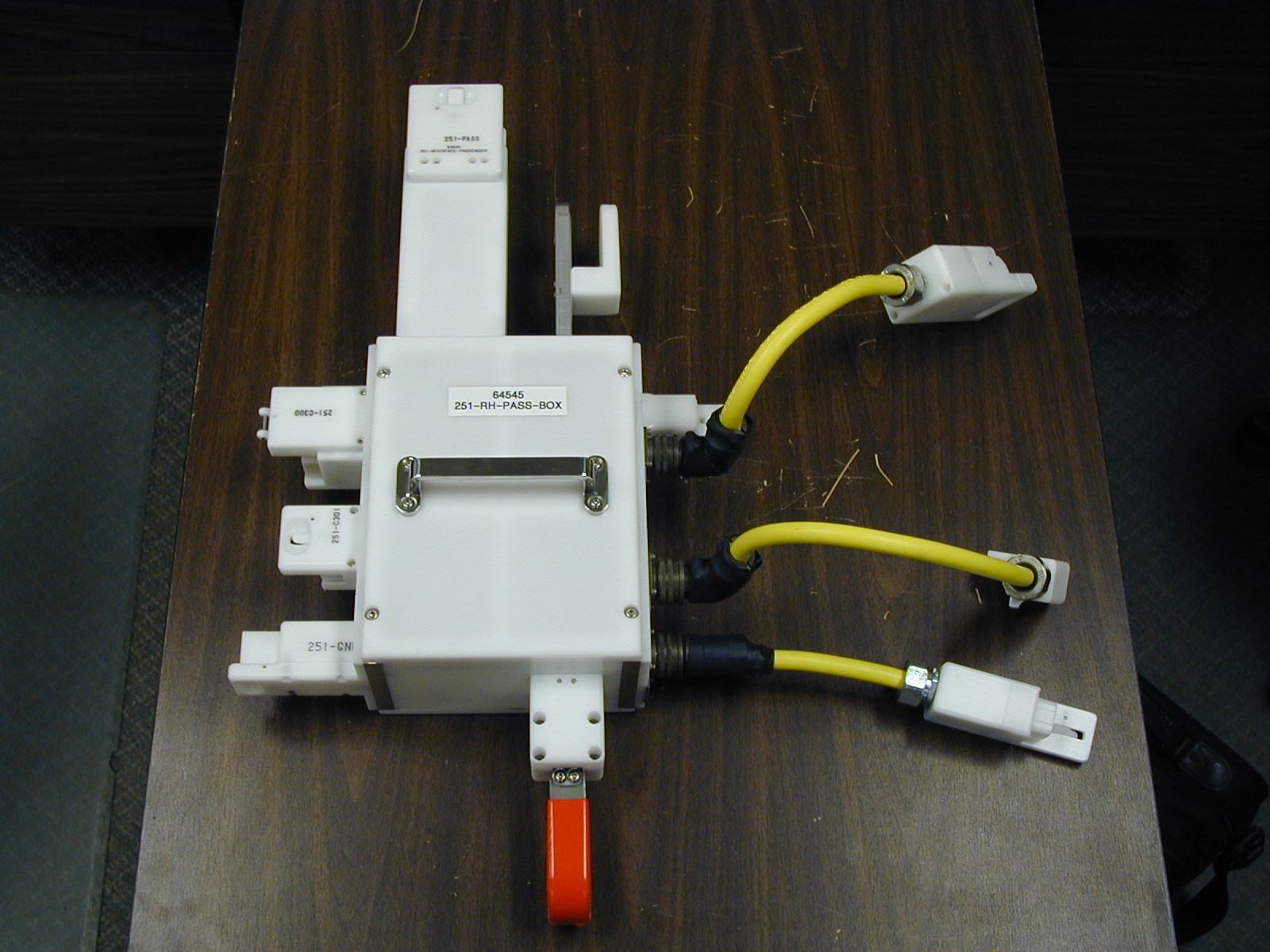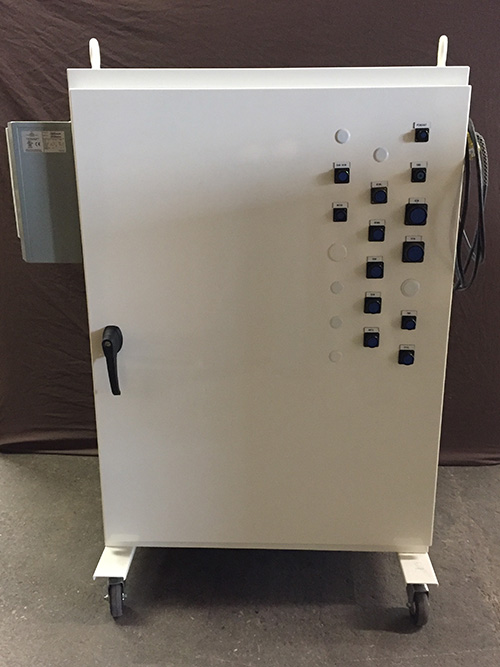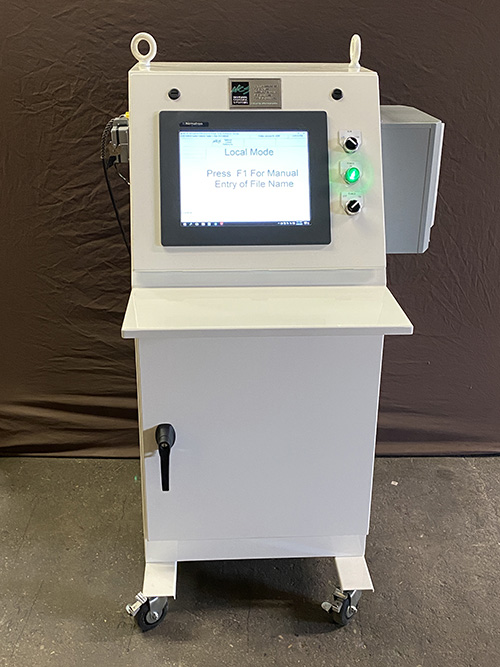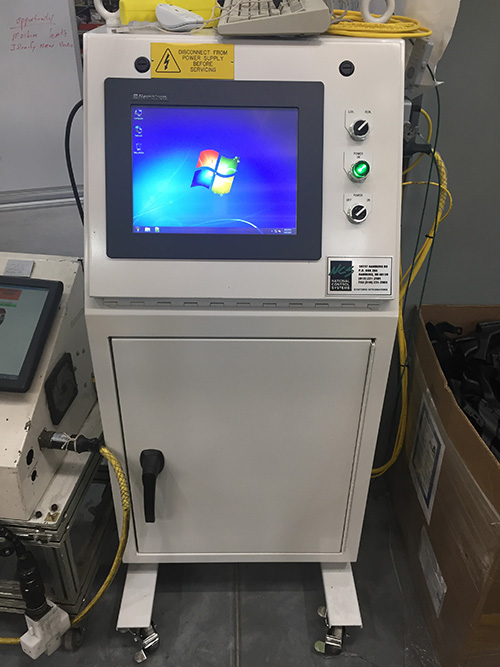Ensuring quality is a concern for every business. Whether doing a functionality test or just ensuring that electrical connections have been made, our custom-made test platforms meet the challenge.
Each tester is designed with your end product in mind. Platforms can have operator interfaces as simple as indicator lights, small panel display, or a full display, as shown in the example. On most test platforms, an industrial computer interacts with an I/O device to check continuity. This computer runs TSL test software (explained below). This, in combination with the possible communication protocols, allows for your required tests on electrical subassemblies such as a vehicle instrument panel.
Key Benefits
- The Test Sequence Language, known as TSL, is a script language for writing sequenced test programs. The sequenced test programs are referred to as scripts. TSL scripts are easy to create, modify, and understand by engineers and plant electricians. The script can be written with any ASCII text editor. Scripts are processed, interpreted, and executed by the application. The TSL application consists of the test engine, and an optional I/O module operating on a computer platform with the necessary I/O hardware. The application can perform electrical, functional, operational, and diagnostic tests of circuits and modules or a combination of both.
-
 Capable of handling multiple network protocols:
Capable of handling multiple network protocols:- TSL adheres to both SAE J2534-1 and J2534-2 specifications
- Multiple channels of CAN, extended CAN, CAN FD, ISO15765
- J1850
- LIN
- Custom protocols are also possible
- Testers can be customized to meet your needs. Serial, parallel, USB, and Ethernet communications are available for input and output devices, i.e. bar code scanners, printers, and networking. The testers can utilize ODBC, RUMBA, and TCP port client-server connections for data transfer and logging. If your product testing requires it, the tester can support an internal Digital Multimeter (DMM), allowing for more various types of testing such as capacitance, inductance, frequency, and time measurements.

